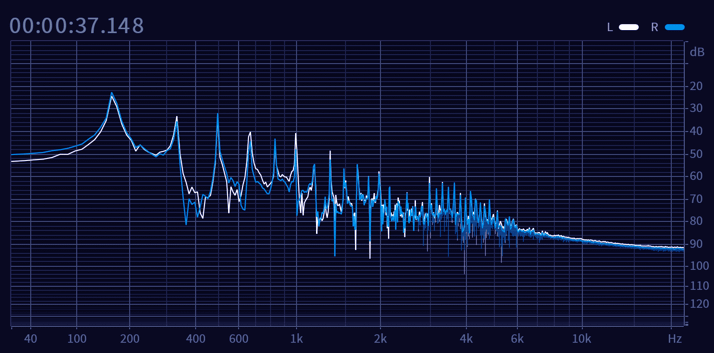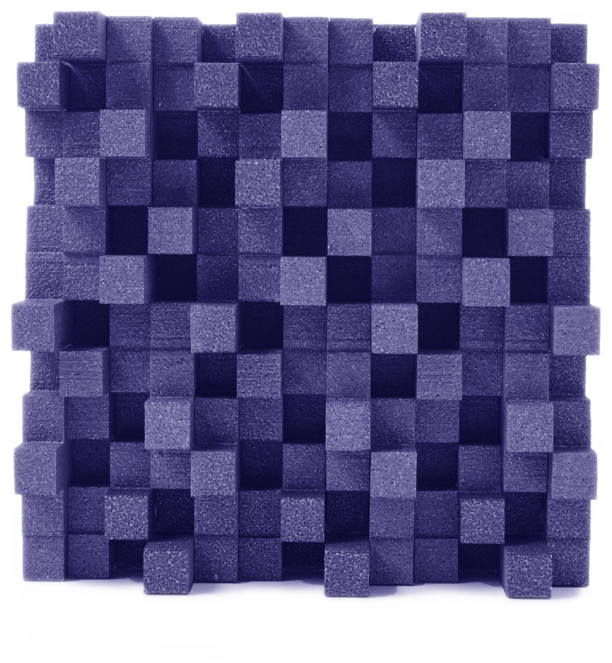Acoustics and Soundproofing Basics
People often find themselves perplexed and intimidated when it comes to the science of acoustics and the details around what makes a room sound a specific way. As complex as this might be, it can also be pretty costly. Striving toward sonic perfection, most performance venues and high-end recording studios usually spend a sizeable amount of money on acoustic designers when planning their construction budgets. However, for the average musician, allocating funds goes primarily to things like instruments, microphones, recording gear, plug-ins and other gadgets and budgeting for acoustic improvements is not a priority. They usually underestimate the fact that the acoustics of the room has more to do with sound quality than basically any gear or anything else. Great acoustic treatment requires a lot of space and a lot of money, so understandably, it is easy to be neglected. In this article, we are going to discuss the fundamental acoustic issues that might be encountered in a studio and some ideas on how to fix them and generally improve acoustics.
There are several essential aspects which should be considered and reviewed, such as insulation, isolation and how the room is affecting the sounds created in it. Insulation aims to prevent sounds moving into and out of a place or a room. Isolation (also separation) comes down to keeping individual sounds from mixing. The third issue is related to characteristics of the space and what their influence on the sound waves is.
The regular home studio hardly ever addresses those issues adequately as more often than not it is just a spare bedroom, garage, basement or loft, which usually are not conducive to good sound.
Soundproofing tips and insulation
Sound generally goes where it wants to and finds its way through any space or material (except for vacuum). Hence it is imperative to seal the possible openings to block the entrance of sound from the outside and to stop the inside sounds of going out. The advantage here goes to thicker and denser walls; they are better at stopping sound. What is more, there are weather strips for doors and window frames, and you should again look for the thickest ones. You should also use caulk to close up any heating and air conditioning ducts, electrical outlet boxes, lighting fixtures, unfinished drywall joints, and tiled ceilings. If you don’t have the option to soundproof the whole room, it can be avoided. For instance, there’s the isolation booth, which is often used to isolate the lead singer or a drummer during the recording. The amplifier chamber is another variation of the iso booth and has become more and more popular. These vary in size and form.
Semi-isolation
Complete isolation and too much separation are rarely necessary or even desirable. A few leaking sounds can sometimes be a good thing to add a natural sounding element. A movable acoustic panel, called Gobo, is used to accomplish enough separation when and where needed.
Identifying the problem
There are several software solutions to help you identify whether or not you have acoustic issues. Spectrum analyzers or real-time analyzers (RTA) measure and display the frequency spectrum of an audio signal and are used to analyze what the space is doing to the sound. It could also provide information on where in the room there is an excess build-up of specific frequencies. There are dedicated software and hardware RTA units and also RTAs built into other software applications.

Acoustic absorption
Sound reflection is a common issue, and it must be avoided. Fixing these issues aims to absorb sound reflections. Acoustic absorption using absorptive materials intends to eliminate the unwanted noise from sound reflections by consuming them. All that should remain after it is the original direct sound from the instrument to the microphone. Practically, absorption works best when combined with diffusion. Diffusers work by scattering reflections evenly to lessen their impact so that the original tone is preserved. The most common absorptive materials are acoustic foams, fiberglass panels and blankets, and even heavy carpeting and thick curtains. Uneven geometrically-shaped panels and materials work as diffusers. Bass frequencies tend to be borne through solid structures, so they escape and come in easily. Bass control is attained by using Bass traps. They are absorptive devices used to scatter high-frequency sound and trap (absorb) bass.

As a conclusion, it is safe to say that there are so many different variables that can affect sound and that makes acoustics very confusing concept. Except for room characteristics, a new instrument, more bodies in the room and even weather can have an effect on different sounds and so, when it comes to fixing acoustic problems, what works for one situation may not be useful in another. You should always have good spectrum analyzers and monitors to identify issues, use acoustic panels when and where necessary and most importantly, trust your ears since they might be the most important tools you probably have.
